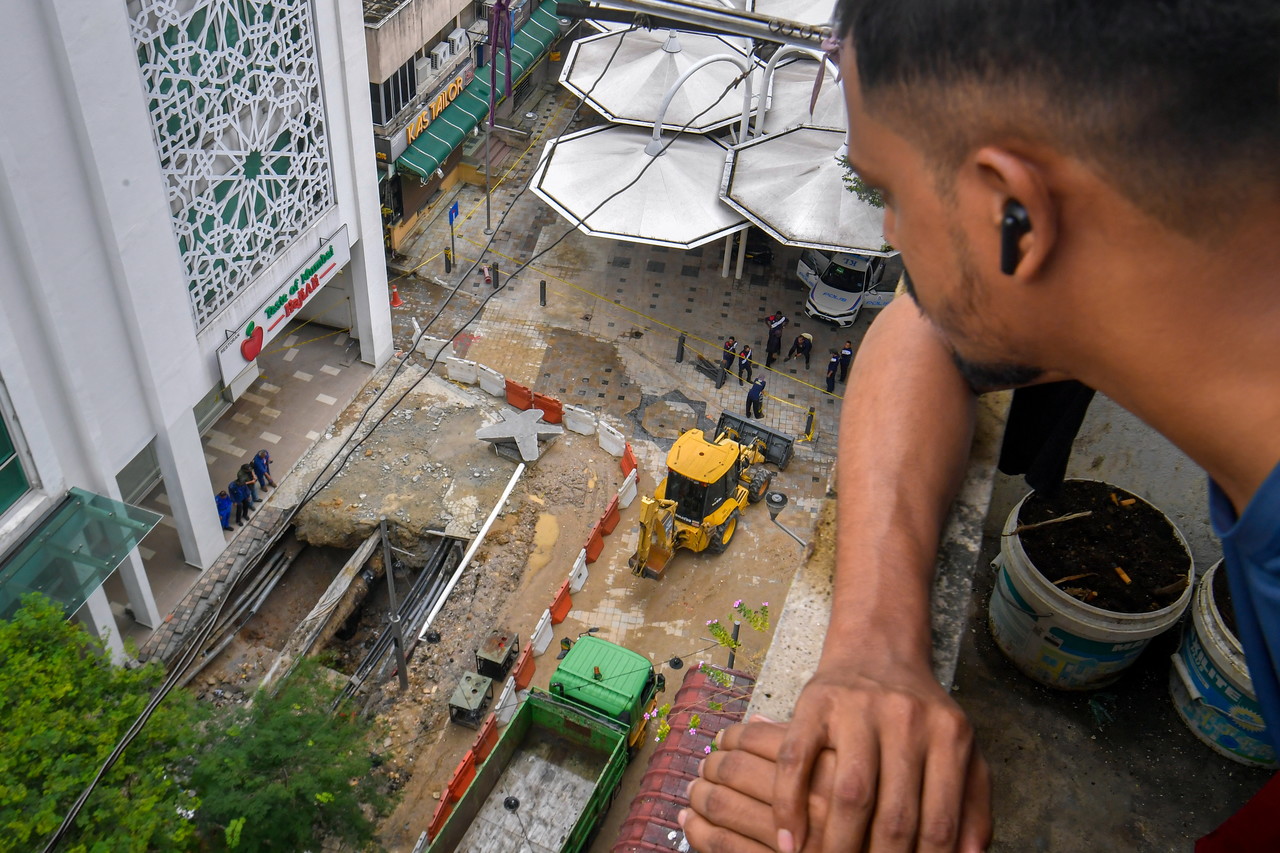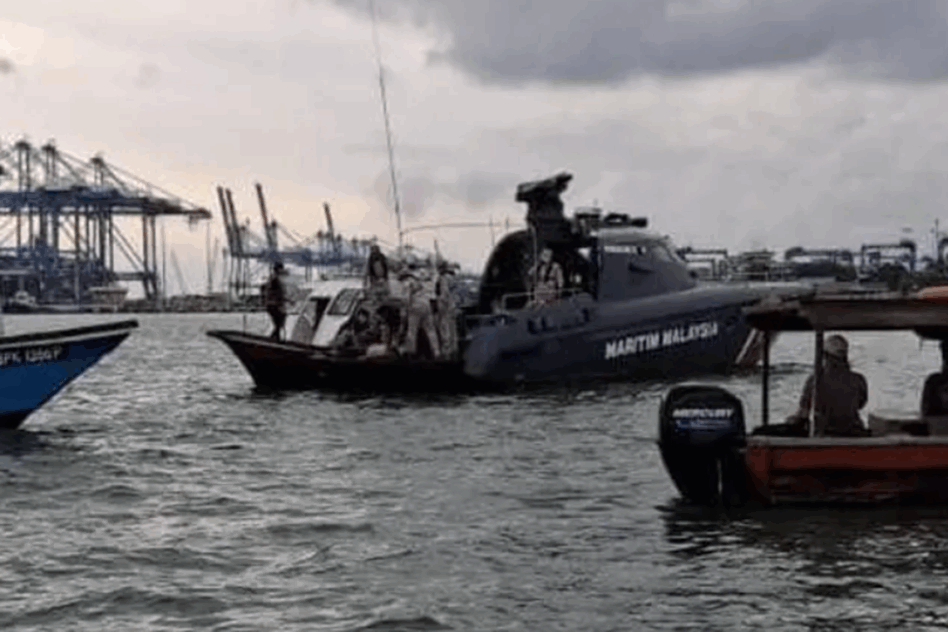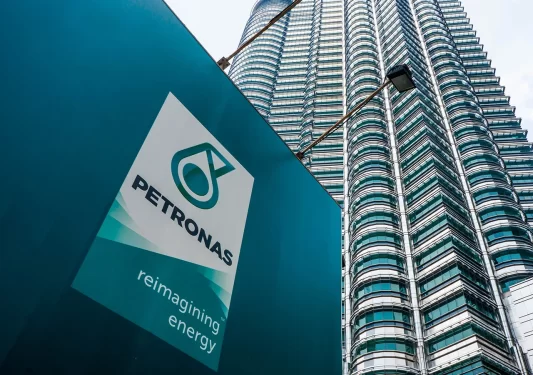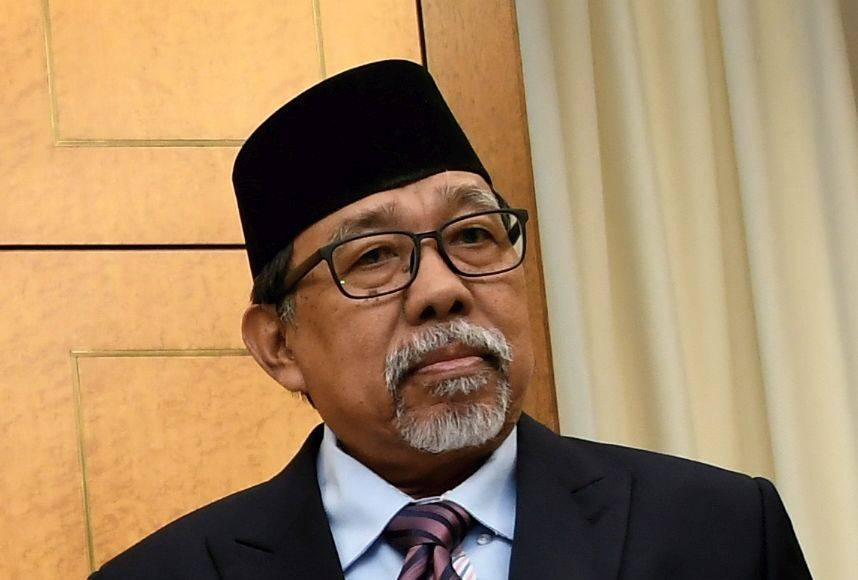THE second sinkhole on Jalan Masjid India that appeared just 50m from the location of the first one is likely due to search and rescue efforts for an Indian tourist who fell into 8m-deep sinkhole last Friday, said an expert.
According to Malaysiakini, Universiti Kebangsaan Malaysia (UKM) geologist and geohazard expert Goh Thian Lai said the second sinkhole, which appeared on Wednesday (Aug 28), was likely a human-induced one that is caused by human activities.
“Human-induced sinkholes existing 50m from the scene of the incident are likely due to the existence of holes dug for rescue works. It may also be due to another broken pipe,” he was quoted as saying by the news portal.
He also said such sinkholes can also be due to tunnel activities.
Last Friday, Vijayaletchumy, 48, from India vanished after falling into the sinkhole. Search and rescue efforts are still ongoing.
On Wednesday, another sinkhole appeared 50m away from the first one, leading to the entire stretch of Jalan Masjid India being cordoned off.
Businesses along this stretch, however, have remained open so far.
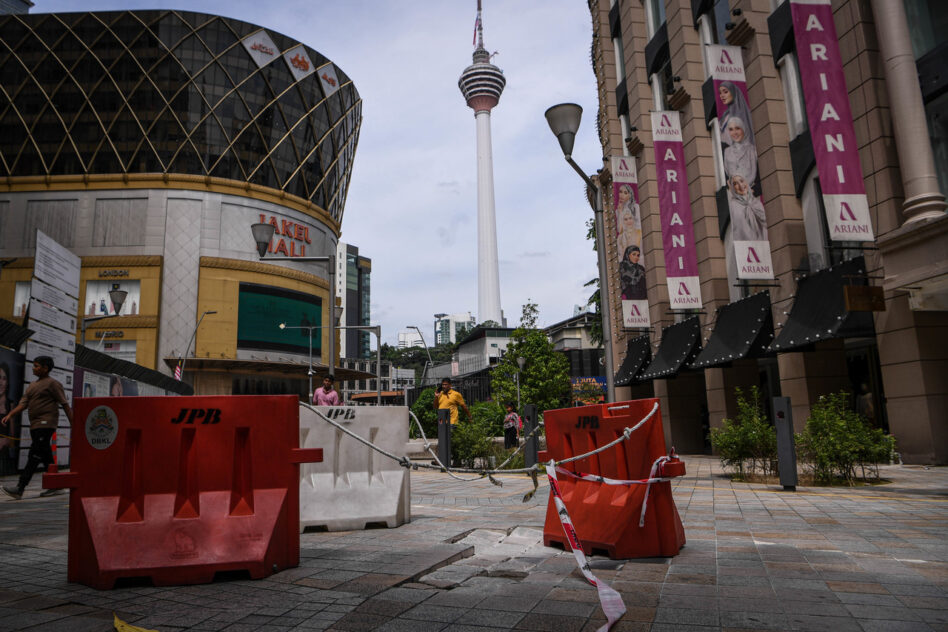
Commenting further on the matter, Goh said the incident is known as an “anthropogenic” sinkhole, with the term referring to acts of pollution or environmental change caused by human activities.
“The main cause of this anthropogenic sinkhole is because the 1.5m sewer pipe broke. I’m not sure what caused it to break,” he explained.
“Backfill material under the footpath is gradually carried away and washed away by the water flowing in the sewer pipes. This phenomenon creates a hollow space under the footpath – an anthropogenic sinkhole.”
On the other hand, he said, natural sinkholes are caused by natural processes, adding that it is common to experience drought when there is a drop in the underground water level and other factors include earthquake tremors, quarry piling works and major construction works.
To combat the matter, Goh, who is also the Society for Engineering Geology and Rock Mechanics Malaysia (SEGRM) president, said authorities must focus on the technical and social aspects of the problem.
For the technical aspect, he advised the authorities to rope in certified geologists and engineers to carry out field identification and subsurface mapping using geophysical methods.
Remedial measures such as pumping epoxy or grouting into the identified cavities should then be taken, he added.
As for the social aspect, the authorities ought to carry out an awareness campaign to inform the public on what sinkholes are, how to identify them and how to avoid causing them, he added.
Goh further advised the public to stay away from the affected area for the time being as the cavity or anthropogenic potential has not been identified.
“The authorities need to ensure or make a safety assessment of this area, which is to identify the existence of non-human induced sinkholes,” he added.
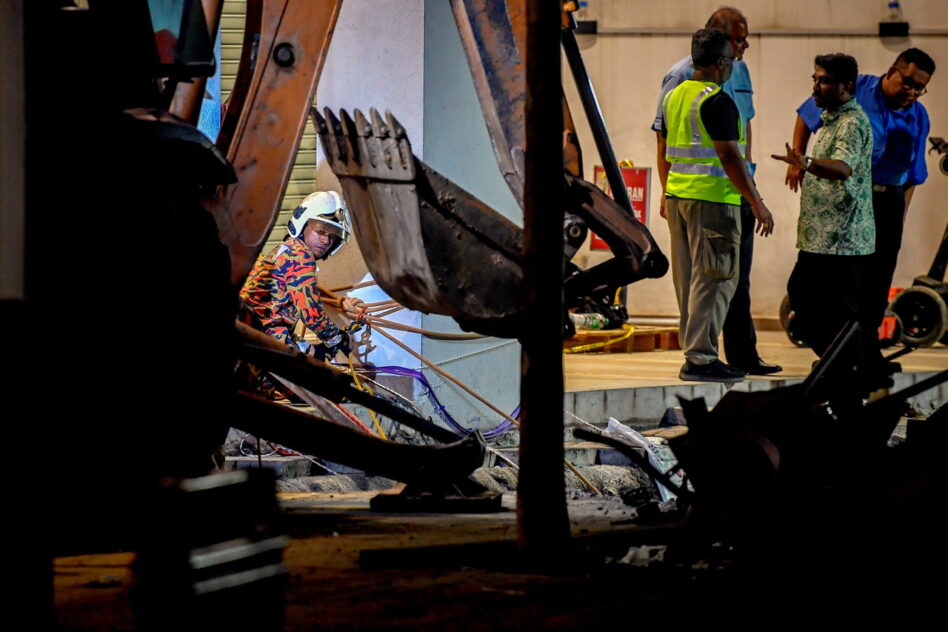
Meanwhile, the Malaysian Fire and Rescue Department’s (JBPM) attempt to locate the missing tourist by exploring a nearby sewer channel has once again ended in failure.
A check by Bernama saw two scuba divers from the JBPM Northern Region Academy began descending into the sewer channel at 4am to reach a suspected backlog area approximately 44 metres from the incident site.
However, after nearly half an hour of diving, the effort once again proved fruitless.
Members of the SAR team reported that the divers faced significant challenges, including large amounts of rocks and sand in the channel, while strong currents made it difficult to reach the backlog area. – Aug 30, 2024
Main image: Bernama


